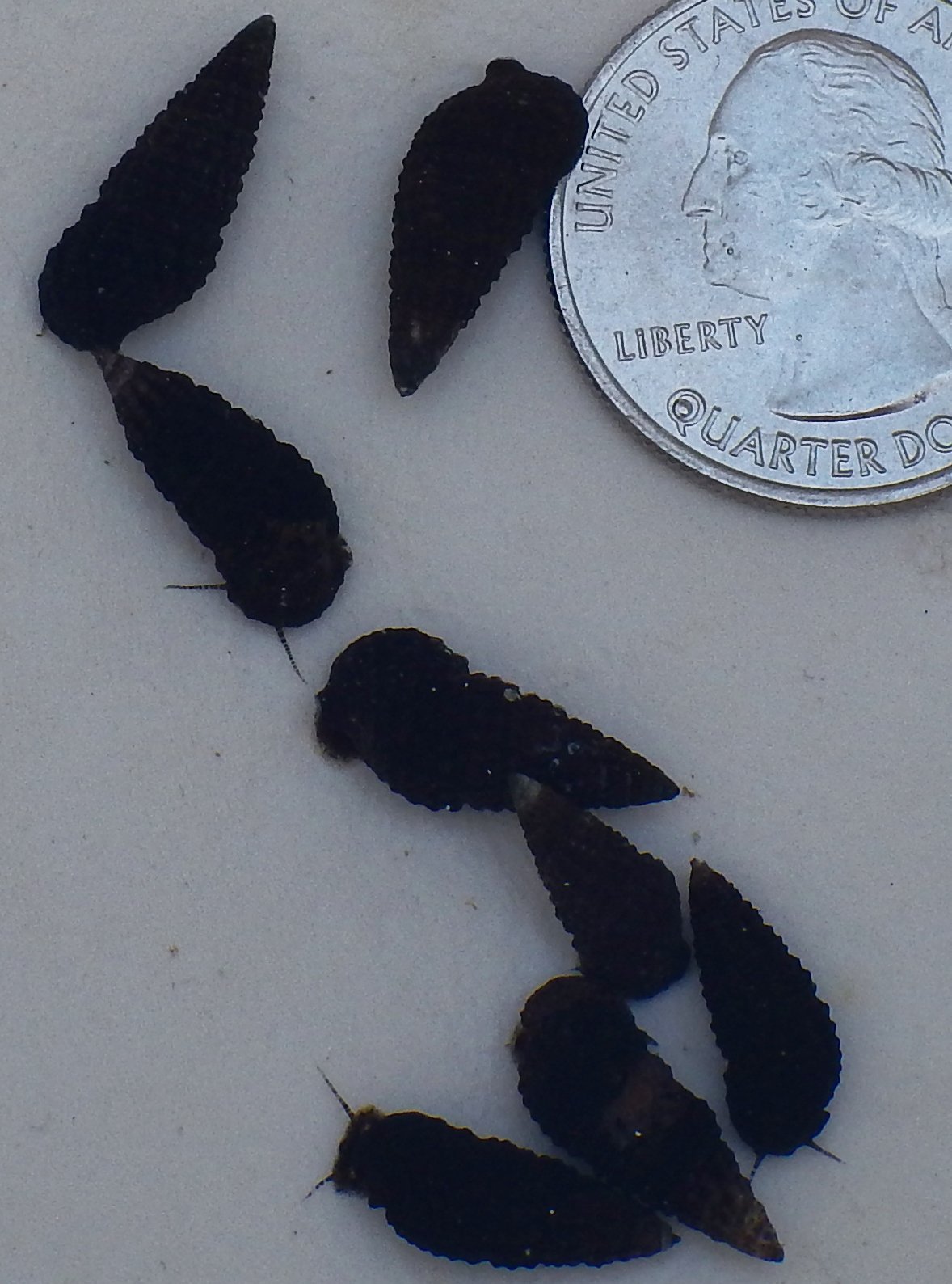- Location
- Queens, NY
So I'm looking for something that will get into the tiny little places a tang can't get into. You know that tiny sprout of hair algae that forms just between the branches and the plug of the SPS? then it gets too long and starts to expand? Or that space between the frag and the plug, when you mount the frag horizontally instead of vertically? The gap is measurable in mm. So there are a bunch of snails, most of which are too big and bulky to get up into the little spaces. The trophus breeding (and making little snails) and regular cerith snails seem to be able to get into some spaces. So then I see there's the dwarf cerith, seems promising, breeds in the tank, but I remembered in my fresh water tank, Malyasian trumpet snails that took over the whole thank, they literally grew my sand bed into a gravel bed of shells. Got into all my pumps and impellers. I would scoop sand and it would probably be half trumpet snail shells.
Anyway thoughts on the dwarf cerith? Sounds like what I'm looking for in long term algae control, but at the cost of replacing my noisy impellers periodically? getting clogged spray bars? Unless they have a thinner/softer shell that would break down.
Anyway thoughts on the dwarf cerith? Sounds like what I'm looking for in long term algae control, but at the cost of replacing my noisy impellers periodically? getting clogged spray bars? Unless they have a thinner/softer shell that would break down.






